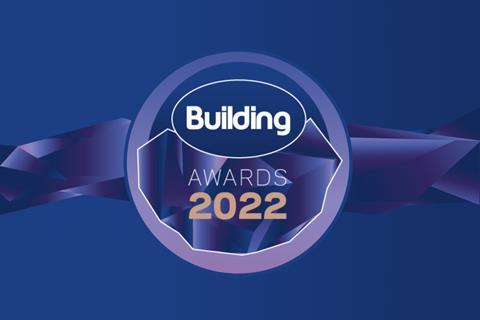A new procurement framework could help us deliver homes that are safer and fit for purpose, writes Martin Gladwin
In 2024, the UK is only just coming to terms with health and safety issues highlighted by unhealthy or unsafe homes.

From Awaab’s Law to the Building Safety Act, a huge amount of legislation needs qualifying before it facilitates the difference stakeholders in the built environment desperately want it to make.
Last year saw the issues of the past come back to haunt today’s properties with the uncovering of structural issues caused by the widespread use of reinforced autoclave aerated concrete (RAAC) during the 1970s-1990s.
But does it really take this scrutiny to realise that our buildings need to be safer, healthier and more fit for purpose?
So, what can we do about it? Work together? Set up taskforces? Share best practice? Ideally, yes.
Initiatives such as the Community & Housing Investment Consortium’s Healthy Homes is just one of the ways forward.
When we heard about this framework it was a core target of ours to be involved. We are delighted to be appointed to the panel.
This is one way we can achieve high quality decarbonisation and building safety services and solutions for the future housing requirements in the UK.
Through CHIC’s network of members, which includes more than 200 housing associations and local authority affordable housing landlords, solutions are shared to achieve net zero targets, enabling all members to engage all the support needed to survey, plan and deliver retrofit and building works and services.
The Healthy Homes Framework supports landlords to create healthier living spaces that prioritise sustainability, comfort and efficiency. The framework encompasses a range of support services, including consultancy, contract delivery, and digitisation.
What is the Healthy Homes framework?
Healthy Homes is a procurement framework run by CHIC, a consortium of more than 200 housing associations, councils and other housing organisations.
According to CHIC, Heathy Homes is a “comprehensive four year framework encompasses a diverse range of solutions designed to enhance residential properties and improve tenants lives.”
Through strategic collaboration with CHIC’s supply chain partners, it includes consultancy services, fabric first measures, ventilation systems, renewable energy and heat systems, house refurbishment, damp and mould treatments and cutting edge digital measuring tools and platforms.
The aim is to “enables landlords to seamlessly execute retrofit energy efficiency solutions and property safety refurbishments.
Compliant with PAS 2030 and 2035 and Building Safety Bill standards, it also serves as a unified solution for landlords to realise their net-zero emissions goals. By integrating goods, works and services, it streamlines the process of surveying, design, coordination, assessment and implementation, making sustainability and safety more attainable.
>>See also: Regulator warns social landlords to get on top of RAAC dangers
But this is just one step forward out of many possibilities and opportunities. Why can’t the residential sector (both public and PRS) pioneer real and very important change, and fast?. Surely collaboration between public and private sector is supposed to do just that.
Everyone, whatever their budget, should have the right to a safe and healthy place to live. It’s 2024, this shouldn’t even be a topic of debate in a global economic power like the UK. And that is just what we hope to try to change, with CHIC, and other partners.
Martin Gladwin, partner and head of housing consultancy at Rapleys










No comments yet